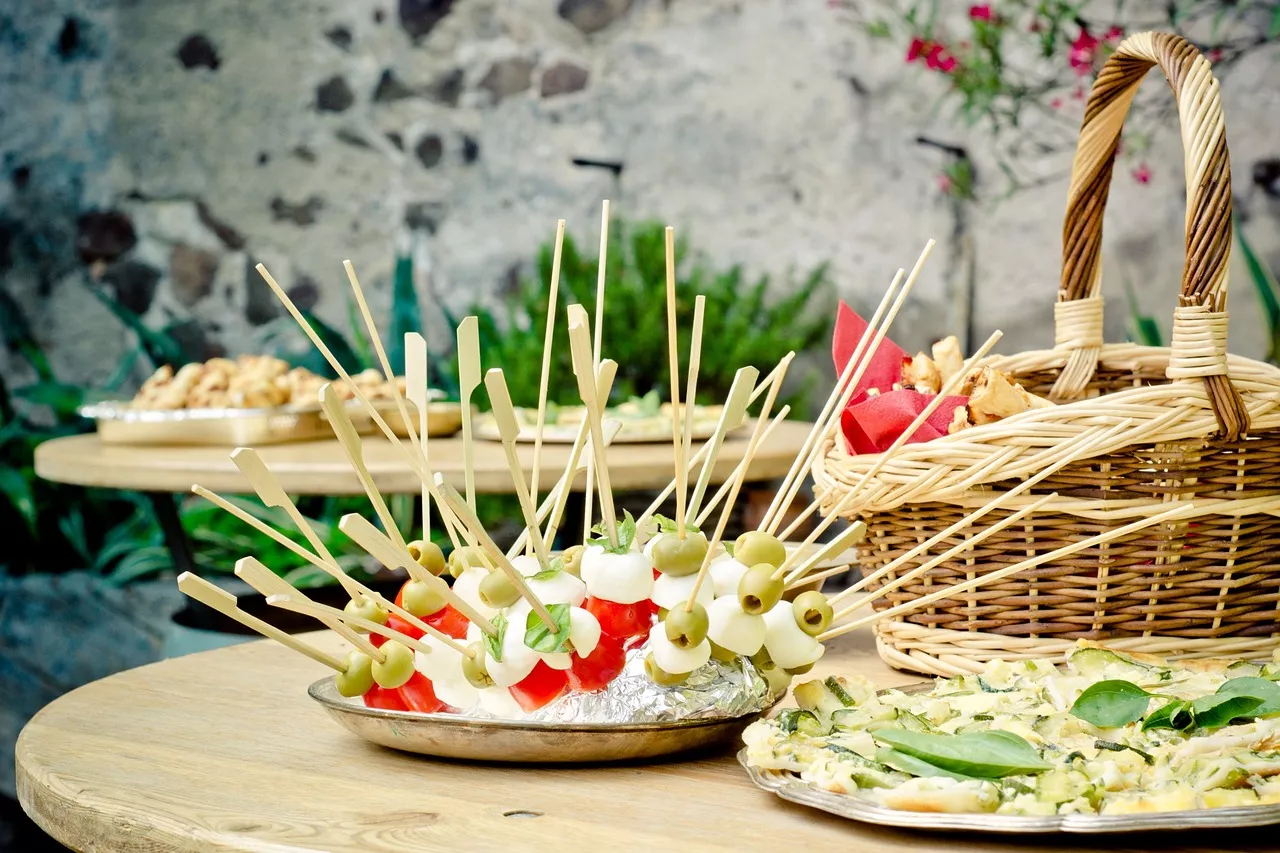Italian cuisine and pasta
Italy, the birthplace of pasta, boasts a rich culinary heritage that has given the world some of its most beloved dishes. Pasta, with its countless shapes and textures, has become a staple in kitchens worldwide. Its versatility and ability to adapt to a variety of flavors and sauces have made it a favorite among chefs and home cooks alike.
The history of pasta dates back centuries, with some accounts tracing its origins back to ancient China. However, it was the Italians who truly perfected the art of pasta-making. From the long strands of spaghetti to the stuffed pockets of ravioli, each pasta shape has a purpose and a story to tell.
Italian cuisine is known for its regional diversity, and pasta dishes vary greatly from one area to another. In the north, you'll find hearty dishes like tagliatelle al ragù, a rich meat sauce served over ribbon-like pasta. In the south, pasta is often paired with fresh seafood and vibrant tomato sauces. From the classic carbonara to the comforting lasagna, Italian pasta dishes have a way of bringing people together around the dinner table.
Popular pasta dishes around the world
While Italy may be the home of pasta, its influence has spread far and wide, leading to the creation of countless pasta dishes around the world. In the United States, spaghetti and meatballs has become a comfort food staple, thanks to Italian immigrants who brought their culinary traditions with them. In Mexico, pasta is often used in dishes like fideo, a flavorful soup made with thin pasta noodles.
In Asia, pasta has also found a place on the dining table. In China, chow mein is a popular stir-fried noodle dish that showcases the versatility of pasta. In Thailand, pad Thai is a flavorful combination of rice noodles, shrimp, and vegetables, often served with a squeeze of lime and crushed peanuts.
No matter where you go, pasta dishes have a way of adapting to local flavors and ingredients, creating unique and delicious culinary experiences. From the spicy arrabbiata sauce of Italy to the tangy tamarind sauce of pad Thai, pasta has become a canvas for flavors from around the world.
Japanese cuisine and sushi
When it comes to iconic dishes, it's hard to overlook the artistry and precision of Japanese cuisine. From delicate sashimi to intricate sushi rolls, Japanese food is a true feast for the senses. Sushi, in particular, has captured the hearts and taste buds of people worldwide.
Sushi, which means "sour rice," originated in Japan as a way to preserve fish. The rice was fermented and wrapped around the fish to prevent spoilage. Over time, sushi evolved into a culinary art form, with chefs experimenting with different ingredients and techniques to create a wide variety of sushi rolls.
Traditional sushi is characterized by its simplicity and focus on the quality of the ingredients. Nigiri sushi, for example, consists of a small mound of rice topped with a slice of raw fish or seafood. The balance of flavors and textures is key, with the rice serving as a neutral base for the flavors of the fish to shine through.
In recent years, sushi has undergone a modern evolution, with chefs pushing the boundaries of creativity and flavor. Fusion sushi, which combines traditional Japanese techniques with ingredients from other cuisines, has gained popularity worldwide. From California rolls to spicy tuna rolls, these modern variations have introduced sushi to new audiences and expanded its global appeal.
Sushi etiquette and dining experiences
In Japan, sushi is not just a meal; it's an experience. The art of sushi-making is revered, and sushi chefs undergo years of training to perfect their craft. When dining at a sushi restaurant, there are certain etiquette rules to follow to fully appreciate the experience.
First and foremost, it's important to show respect to the chef. In Japan, sushi is often served at a counter, and customers have the opportunity to interact with the chef directly. It's customary to greet the chef when you arrive and to express your appreciation for the meal when you leave.
When eating sushi, it's best to eat it in one bite to fully experience the combination of flavors. The chef carefully crafts each piece of sushi, and eating it in multiple bites can disrupt the balance of flavors. It's also important to use chopsticks or your hands to eat sushi, as using a fork can be seen as disrespectful.
Overall, the dining experience at a sushi restaurant is about more than just the food. It's a chance to connect with the chef, appreciate the artistry of the sushi, and immerse yourself in Japanese culture.
Other iconic dishes from around the world
While pasta and sushi may be among the most iconic dishes in the world, there are countless others that deserve recognition. From the spicy curries of India to the hearty stews of France, each country has its own culinary treasures.
In India, for example, the fragrant spices and complex flavors of dishes like butter chicken and biryani have captivated food lovers around the world. In France, classics like coq au vin and beef bourguignon showcase the country's love for rich, flavorful dishes that are meant to be savored.
In Mexico, the vibrant flavors of dishes like tacos al pastor and mole poblano have become synonymous with the country's culinary heritage. And in Thailand, the sweet, sour, and spicy flavors of dishes like green curry and pad see ew have made Thai cuisine a favorite among food enthusiasts.
No matter where you go, iconic dishes have a way of telling a story, celebrating the flavors and traditions of a particular culture. Exploring these dishes allows us to not only savor their deliciousness but also appreciate the diverse world we live in.
Conclusion: Celebrating the diversity of iconic dishes
From pasta to sushi, the world is filled with iconic dishes that represent the rich tapestry of global cuisine. Each dish tells a story, reflects a culture, and offers a unique taste experience. Whether it's the comforting flavors of Italian pasta or the delicate artistry of Japanese sushi, these dishes have become beloved around the world.
As we explore the origins, techniques, and dining experiences associated with these iconic dishes, we gain a deeper understanding of the cultures and traditions that have shaped them. From the bustling streets of Rome to the quiet sushi bars of Tokyo, each dish has its own place in the culinary landscape.
So the next time you sit down to enjoy a plate of pasta or a platter of sushi, take a moment to appreciate the history, craftsmanship, and flavors that have made these dishes truly iconic. And remember, there are countless other dishes waiting to be discovered, each with its own story to tell and its own taste to savor.

 Exploring the Global Culinary Delights: A Journey Through Food and Culture
Exploring the Global Culinary Delights: A Journey Through Food and Culture 10 Delicious Cold Food Ideas to Beat the Heat this Summer
10 Delicious Cold Food Ideas to Beat the Heat this Summer



